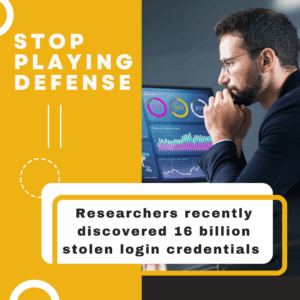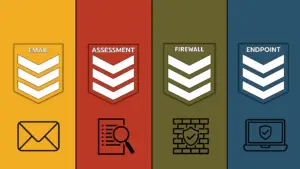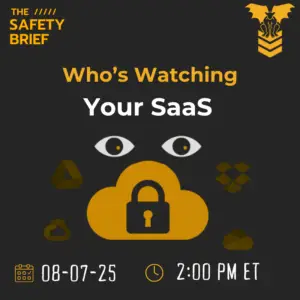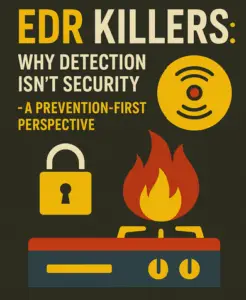Cybersecurity researchers recently discovered a shocking 16 billion stolen login credentials circulating online. Whether this data comes from new breaches or compiled older leaks, it highlights a pressing truth: reactive security isn’t enough. To stay protected, organizations must shift toward a prevention-first strategy.
The Infostealer Surge
Threat actors are increasingly using infostealer malware, which silently extracts passwords, session tokens, cookies, and other sensitive information from infected devices. Just one compromised endpoint can leak dozens or even hundreds of credentials, giving attackers access to cloud services, internal systems, and customer platforms.
Recent breaches demonstrate the real-world risk:
- Nobitex lost $81.7 million after employee credentials were stolen by infostealer malware.
- Hot Topic exposed data from over 350 million customers due to a single compromised endpoint.
This isn’t a one-time event. Security researchers report that new massive datasets emerge every few weeks, showing just how widespread and systematic these credential theft operations have become.
The Pitfalls of Reactive Security (Defense only)
Relying on detection and response alone creates serious blind spots. Here’s why reactive security falls short:
- Delayed Response
Detection often happens too late. By the time alerts fire, stolen credentials have likely already been sold or exploited. - Multi-Account Exposure
Each infected endpoint can compromise dozens of accounts, multiplying the risk far beyond a single user. - Human Behavior
Infostealers exploit routine actions like saving passwords in browsers or clicking on fake software links—behaviors that are hard to eliminate with technology alone. - Scale of the Threat
Credential theft now operates on an industrial level. Reactive tools can’t keep pace with the volume and speed of infostealer malware campaigns.
The Prevention-First Approach
A proactive security model is the only sustainable defense against infostealers. Here’s what that looks like in practice:
- Block Threats Before They Execute
Use endpoint security that prevents malware from running in the first place—especially tools using behavioral analysis and machine learning to detect unknown variants. - Monitor for Credential Exposure
Regularly scan the dark web and breach forums to detect stolen credentials tied to employees, partners, or internal systems. - Enforce Strong Authentication
Implement multi-factor authentication (MFA) everywhere. Use phishing-resistant methods like FIDO2 hardware keys instead of SMS or app codes. - Promote Password Hygiene
Ensure users create strong, unique passwords and update them regularly. Avoid password reuse across platforms. - Audit Systems Regularly
Review internal systems and email accounts for forgotten files, sensitive documents, or credentials left behind. These are often exploited in post-breach scenarios.
Why Prevention-as-a-Service Works
Today’s threats move fast. BLOKWORX’s Prevention-as-a-Service model helps you stay ahead of them with:
- Endpoint protection that blocks infostealers before they run
- Continuous credential monitoring and dark web intelligence
- Identity protection beyond passwords
- 24/7 expert-led security operations
- Integrated architecture that removes the gaps between siloed tools
The rise in credential theft isn’t slowing down. With new infostealer logs constantly surfacing and traditional detection tools lagging behind, businesses must take proactive steps now.
Don’t wait for your organization to appear in the next credential dump. Prevention isn’t just better than response—it’s essential.
Want to learn more about how BLOKWORX protects your business from infostealers? Contact us at hello@blokworx.com





